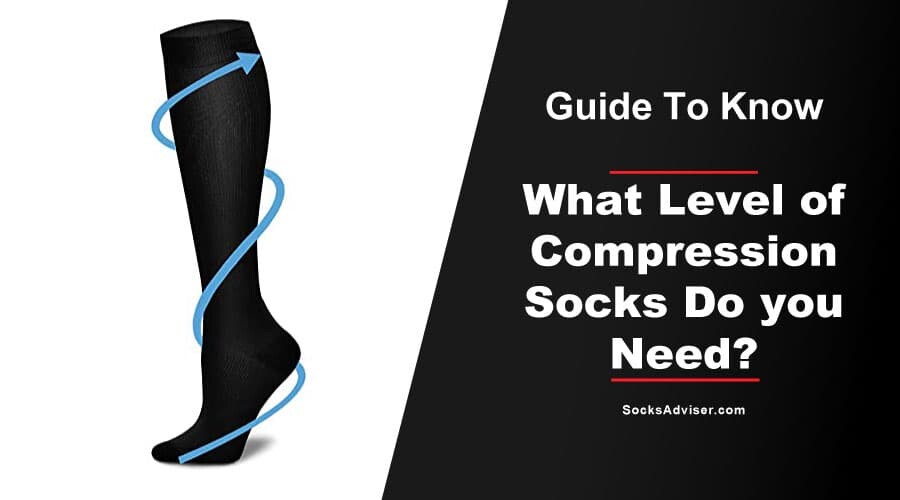It can be challenging to find the best suits compression socks and stockings that you need from many different options. So, we are here to making the process more accessible, and you will get to know about compression sock levels.

What are the different levels of compression sock?
There are four common compression socks levels. Below you will get details of different levels of compression socks.
Medical Class 3: These are compression socks with a compression pressure range of 40-50mmHg. Compression socks under this category are among the most intense compression socks in the market. They are commonly used by people with medical conditions such as lymphedema and severe venous stasis.
Medical class 2: These are the ones that have a pressure range of 30-40mmHg. It is ideal for people with moderate-to-severe leg symptoms. They also recommended it for individuals with deep vein thrombosis (DVT) and blood clots.
Medical Class 1: Compression socks that fall under this category have a compression pressure range of 20-30mmHg. This category is the most popular, as it offers just the right amount of pressure on your legs without being too tight. It is best for treating varicose veins, spider veins, and swellings. It is also popular among sportspeople and travelers.
Over the Counter: These have a pressure range of 8-15 mmHg and 15-20mmHg. Those are for regular or daily compression. Some people use them to manage fatigued legs and mild swelling because of long periods of standing, sitting, and travel.
You Can Read: Do Compression Socks Help Tight Calves? Or, Disadvantages Of Compression Socks
Signs that your compression socks are too tight
- The compression socks are too tight that you can’t put them on.
- The soaks leave a mark, especially in the place where the cuff of the socks holds your leg.
- If wearing the socks hurts.
- Take a look at whether the compression socks result in a change in your skin color.
What Level of Compression Socks Do you Need?
- So, the level of Compression Socks depends on you. So if you are looking for compression socks that offer public health benefits, then the ideal ones would be those with compression pressure levels under 30mmHg.
- If you’re looking for socks without a prescription, you can pick either the 8-15 mmHg or 15-20 mmHg compression level. However, 8-15 mmHg or 15-20 mmHg are best for achiness, swelling, tiredness, and mild varicose veins in the legs. Read more…
Special Tips:
Socks advisers suggest you measure your legs in the morning to get the correct fit. Since you’ve been on your feet all day, so legs may be swollen, and your calf circumference can be more extensive. And unusual, more giant feet do not provide enough compression.
